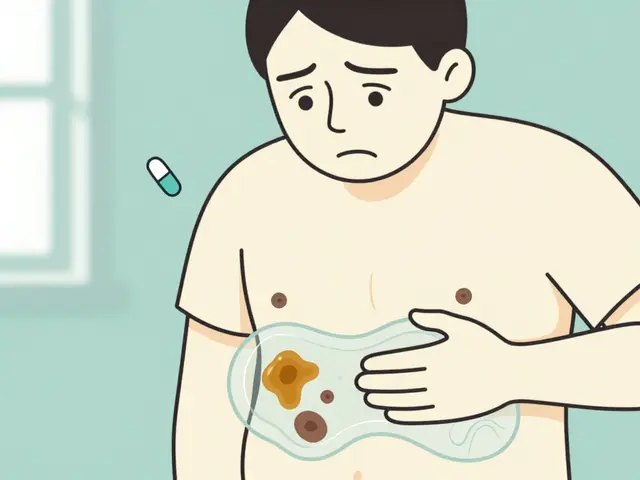Zoloft (Sertraline): What It Does and How to Use It
Zoloft (sertraline) is a widely used antidepressant that treats depression and several anxiety conditions. It belongs to a class called SSRIs and works by raising serotonin in the brain. You won’t feel better the first day; many people notice mood changes after two to six weeks. Energy, sleep, or appetite may shift sooner.
Doctors prescribe Zoloft for major depressive disorder, panic disorder, social anxiety disorder, obsessive-compulsive disorder (OCD), post-traumatic stress disorder (PTSD), and premenstrual dysphoric disorder (PMDD). A common starting dose for most adults is 50 mg once daily. Your doctor may slowly increase the dose up to 200 mg for certain conditions. Older adults, people with liver problems, or those sensitive to side effects may start at 25 mg.
What to watch for
Expect short-term side effects like nausea, diarrhea, headache, tiredness, and sleep changes. These often fade after a few weeks. Sexual side effects — lower desire or trouble reaching orgasm — are common and sometimes long-lasting. Serious but rare problems include serotonin syndrome (especially if mixed with other serotonergic drugs), severe allergic reactions, and abnormal bleeding when combined with blood thinners or NSAIDs.
Young people under 25 can have an increased risk of suicidal thoughts when starting antidepressants. If mood gets worse, you feel unusually agitated, or you get new troubling thoughts, contact your prescriber right away. Tell your doctor about all medicines, supplements, and recreational drug use. Zoloft interacts with MAO inhibitors, certain migraine drugs (triptans), some antibiotics, and medicines that affect blood clotting. If you have seizures, liver or kidney disease, or are pregnant or planning pregnancy, discuss risks and alternatives with your clinician.
Practical tips for safe use
Take Zoloft at the same time each day. You can take it with or without food. If you miss a dose, take it when you remember unless it’s close to the next dose — then skip the missed one. Never double doses. Don’t stop Zoloft suddenly; withdrawal can cause dizziness, electric-shock sensations, irritability, and sleep problems. Work with your doctor to taper slowly over days or weeks as advised.
Thinking of buying Zoloft online? Use only licensed pharmacies that require a prescription and show clear contact information. Avoid sites that sell without a prescription, promise unrealistic discounts, or ship from unknown sources. Ask for generic sertraline if cost matters — it’s usually cheaper and works the same. Store medication in a cool, dry place away from children and pets.
If Zoloft isn’t helping after several weeks or side effects are hard to tolerate, talk to your prescriber about switching drugs, adjusting the dose, or adding therapy. Medicines work best when paired with therapy, regular sleep, and steady routines. If you have questions, bring a list of your symptoms and all medications to your next visit — clear info helps your clinician make the right call.

Lyrica (pregabalin) and Zoloft (sertraline) can be taken together, but this combination requires careful monitoring due to potential side effects. Lyrica, an anticonvulsant, and Zoloft, an SSRI for depression, might increase bleeding risks and suicidal thoughts. Professional guidance is crucial to manage these medications safely.





